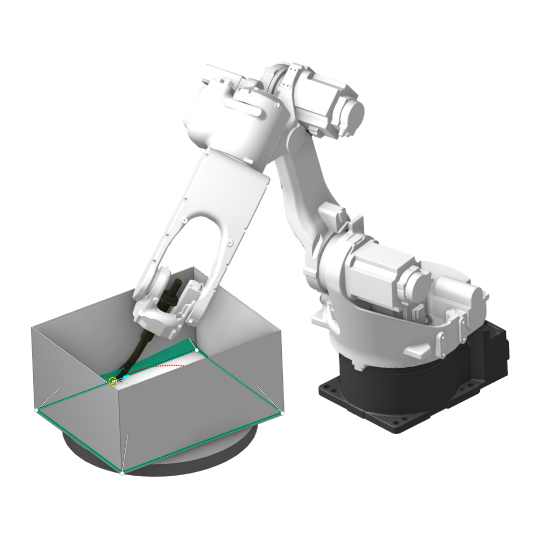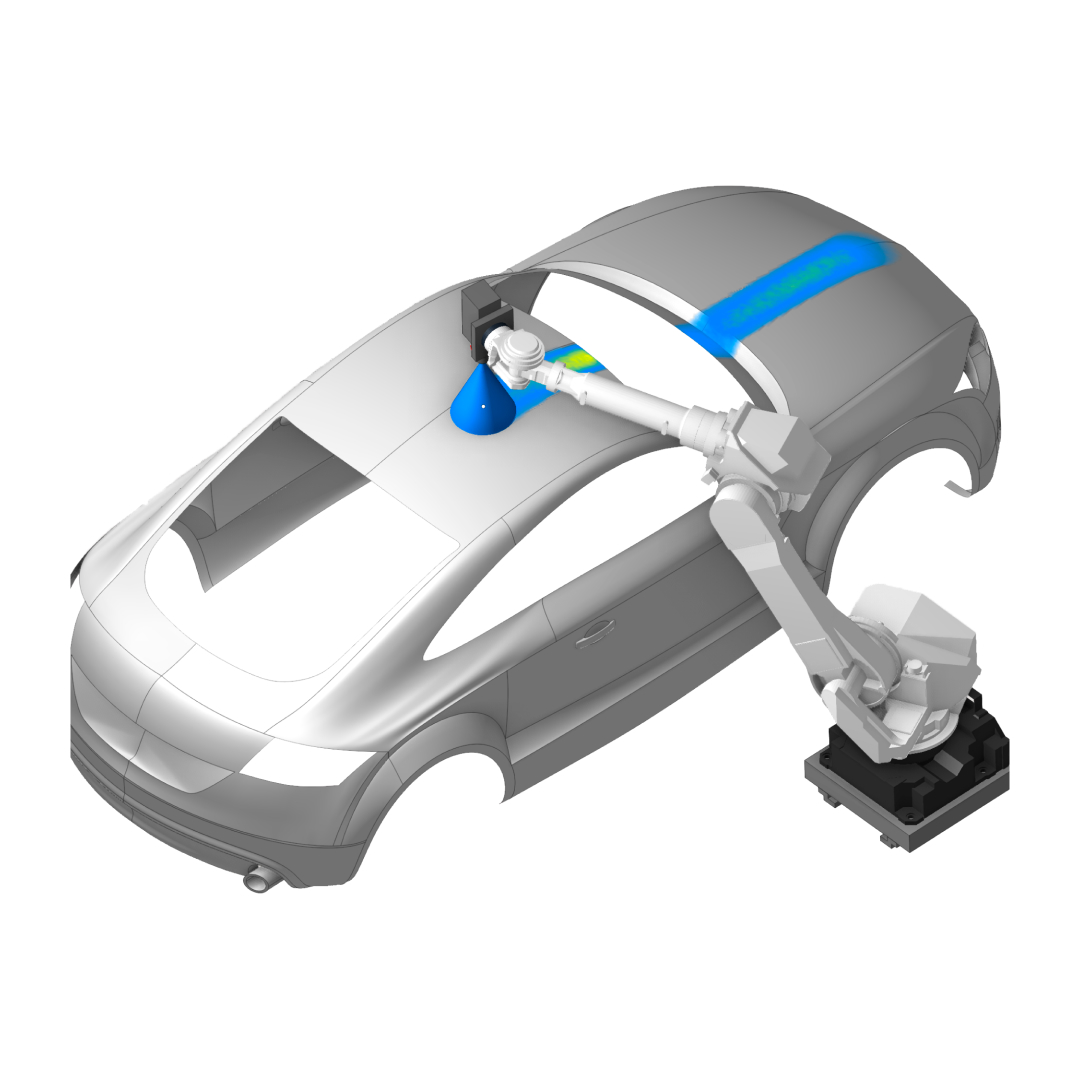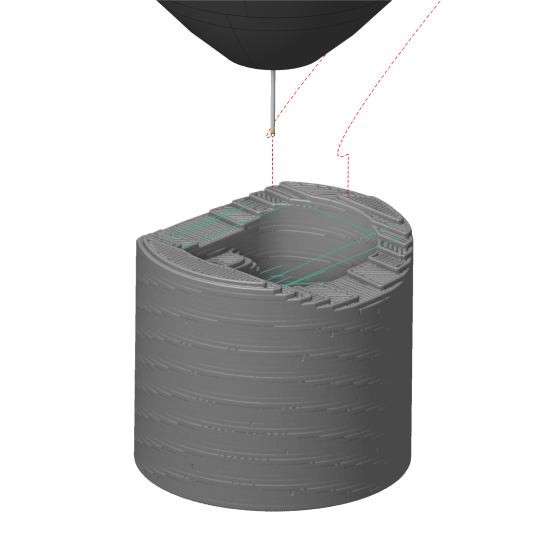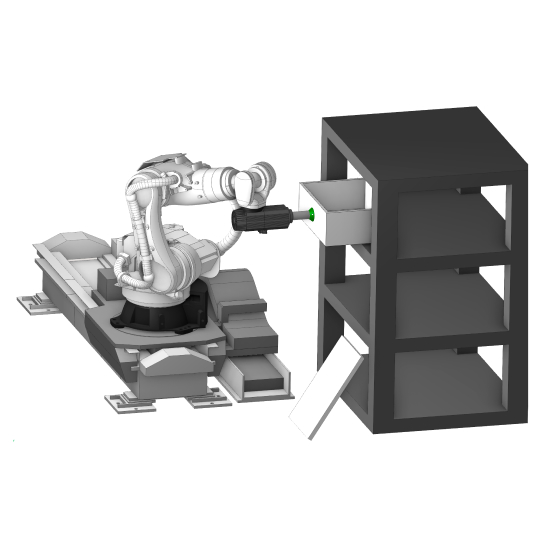
Bridge Structures
The bridge structure industry plays a pivotal role in urban and rural infrastructure, facilitating the seamless connection of regions separated by natural barriers. Over recent years, the trend has leaned towards constructing environmentally friendly, resilient, and aesthetically appealing bridges, with an emphasis on using sustainable materials and innovative designs to minimize environmental impact and enhance longevity.
Key Components and Technologies
Within the bridge structure domain, key components include piers, abutments, spans, deck systems, and notably, long parts such as beams and girders which form the primary support structure. Advanced materials like ultra-high performance concrete and fiber-reinforced polymers are being integrated to ensure durability and reduced maintenance. Additionally, the fabrication and assembly of these elongated parts require specialized equipment and precision. Technologies like digital twin simulations and 3D modeling have become indispensable for bridge design and construction, allowing for precise planning, real-time monitoring, and efficient execution of complex projects.

Our colleagues from China Sprut Software Technology (Kunshan) Co., Ltd. in cooperation with Heibei University of Technology have developed a groundbreaking 3D printing project that we will discuss today. They completed this grandiose undertaking in 2019, after dedicating an entire year to its creation. To bring it to life, they utilized a Kawasaki C180L robot and SprutCAM X Robot software.














